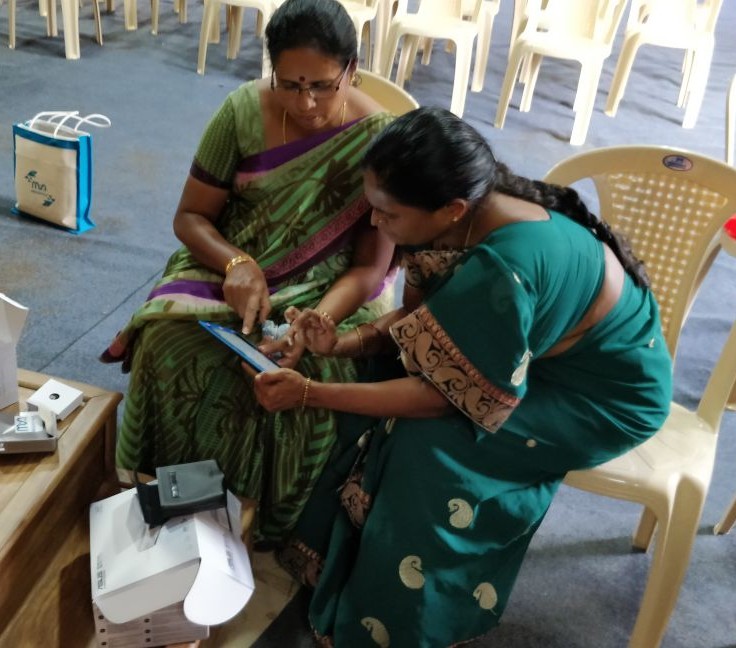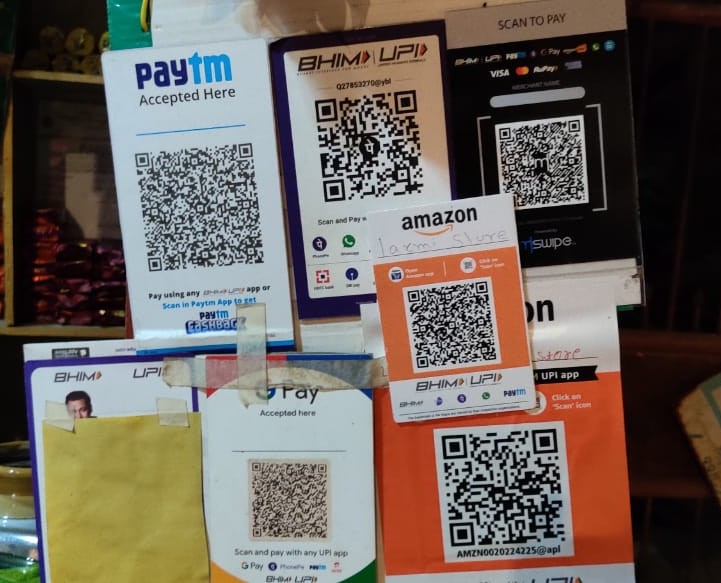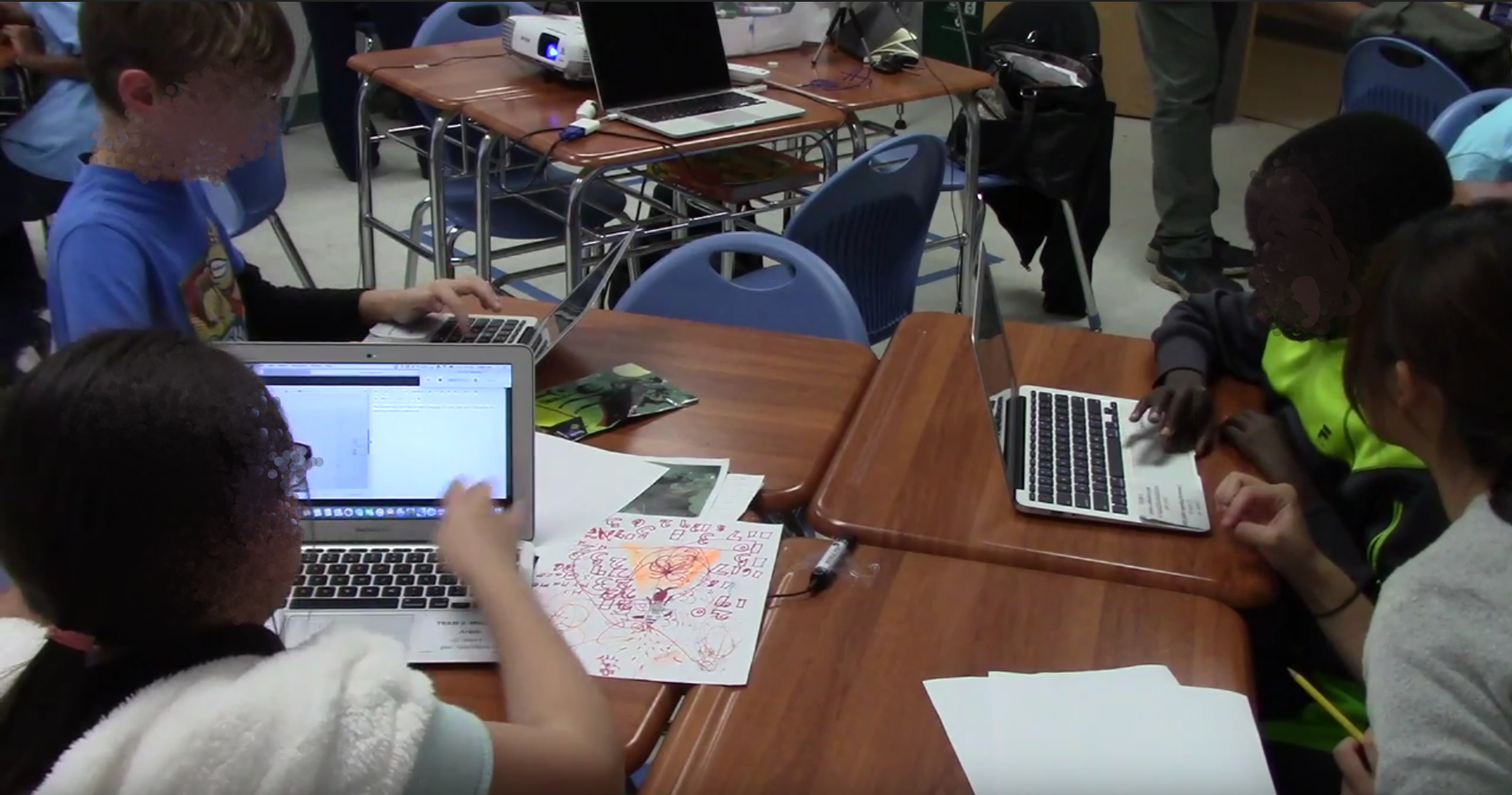2019

Service workers professional wellbeing & technostress
This multi-project proposal forms that core part of my PhD dissertation, looking at several service workers (e.g. teachers, gig workers, health workers) in low resource settings who engage in emotional labor work and (1) define what professional wellbeing means to them, (2) how they perceive their current wellbeing at work in context to technology, and (3) what kind of support do they rely on

Privacy challenges for low-income sellers
This is a one-off project that is looking at how rushed adoption of digital payments has compromized privacy of low-income merchants, making them vulnerable to sociotechnical hacks from buyers and agents of digital payments.
2017

Exploring teacher reconfiguration practices
With this two year project, I set out to explore in depth with the real issue with education systems in global south, lack of support for teachers. I tried to get to the heart of the problem by looking at (a) the current challenges that impact development of teachers' agency, (b) role of technology in shaping assisting/challenging teachers in developing their agency and (c) how the efforts of other support organizations in this context play out in these contexts.
2016

Sensemaking with financial analyst
Till 2016 (during the time of this research), understanding and awareness of social media pervasion in financial industry was greatly limited to quantitative exploitation. In particular, social platforms (such as Twitter) were used to understand investor’s sentiments and in turn possibly predict the trading price of a security. This growing algorithmic exploitation created a void in opposing space - i.e. consumption of social media by financial analysts themselves, as experts. This project was propelled by the generous grant provided by Bloomberg to understand these aspects. Based on this, following questions emerged in our study (a) How do financial analysts leverage social media in sensemaking to generate trade ideas and research? (b) How can we augment such practices of these analysts in leveraging social media (Twitter) in sensemaking?
2015

Making implicit design thinking strategies visible to young scholars
The role of design-thinking is gaining a huge momentum in schools, specially K-8 classrooms. This is evident with the upsurge of design based thinking as a learning technique in K-12 education. However, emphasis on such swift adoption has overlooked the implicit complexities which design experts bring in during various stages of such process; referred to as “habits of mind”. An example of such habits of mind is how expert designers cope with design failures and criticism. It is therefore important to understand such innate complexities and make them explicit in current design thinking practices. In our study, we wanted to understand the process of making these habits of mind explicit to children. For this purpose, we introduce Embedded Design Practise (EDP) - an approach for teaching design thinking practices to children using the technique of cognitive apprenticeship. Our study answers following research questions - (1) How can we use EDP to build habits of mind for children? How does an example study look like? and (2) What are opportunities for learning provided by EDP?